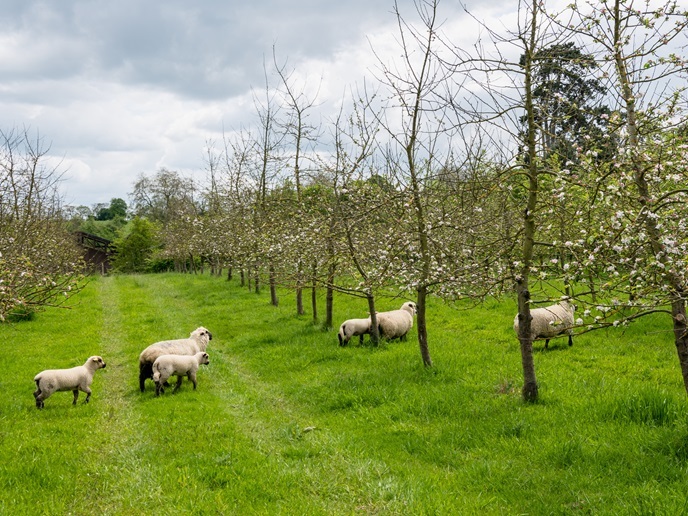Advances towards new vaccines against tricky livestock parasites
Vaccines are a safer, environmentally friendly alternative to drugs for disease control as they do not leave residues or lead to parasite resistance. However, multicellular parasites are complex organisms compared to viruses and bacteria, so vaccines against them are not easy to develop. “Parasites have evolved with their hosts over millions of years to use all sorts of tricks to live inside or on other animals without being detected by the immune system, so this makes them quite difficult to target,” says principal scientist on the EU-funded Paragone project Al Nisbet, Head of Vaccines at the Moredun Research Institute(opens in new window) in the United Kingdom, which coordinated the project. The Paragone(opens in new window) team worked on six existing prototype vaccines that showed promise against the most prevalent parasites in livestock, including sheep, cattle and poultry.
Simplifying the sheep worm vaccine
The team made progress with a vaccine against the brown stomach worm (Teladorsagia circumcincta) in sheep, starting with a vaccine prototype that had eight different components. “Six of the recombinant proteins were produced in bacteria and two in yeast and then formulated together to make the vaccine, so although it was an effective prototype, it was complicated and expensive to produce commercially,” Nisbet says. The most relevant proteins for protection against the parasite were identified. “By the end of the project we were able to test a vaccine that had only two components, and to generate a mathematical model to predict the practical outcomes of several levels of vaccine efficacy,” Nisbet says, but adds more work is needed before a commercial manufacturer would take it up.
Alternative approaches with current vaccines
Trials to evaluate prototype vaccines for liver fluke (Fasciola hepatica) showed the potential for using alternative approaches with current vaccines as well as providing valuable insights into the way the parasite evades the immune system. Previous work had shown that certain fluke proteins that stimulate or suppress the immune system provided protection as single-protein vaccines but combined-protein vaccines did not. A vaccine against the sheep scab mite (Psoroptes ovis) demonstrated good levels of protection in sheep. However, in cattle – where the same parasite can lead to psoroptic mange – it was not promising. Two other vaccines against gastrointestinal worms Ostertagia ostertagi and Cooperia spp. showed high levels of cross protection between different Cooperia species in cattle vaccinated with a ‘native’ vaccine, while a recombinant version, which would be required for commercial use, was not protective. A similar situation was seen in an Ostertagia ostertagi prototype vaccine, pointing to a need for more research into the reasons for these differences.
Better delivery systems
Progress was made on a more effective delivery system for a red mite (Dermanyssus gallinae) vaccine that would generate long, effective immune responses in hens. “Producers can’t keep taking the hens out of the house to vaccinate. They want to vaccinate at an early age and want immunity to last over the laying cycle,” says Tom McNeilly, Head of Disease Control at Moredun. Three different adjuvant delivery systems for the prototype vaccine were tested, ending with “a clear winner,” based on a novel adjuvant, says McNeilly. Like the EU-funded SAPHIR project which developed livestock vaccines to reduce antibiotic use, Paragone made great strides in fundamental science including characterising the immune response to the vaccines and ways of stimulating immune response to vaccine antigens, which is useful beyond parasite vaccines.







